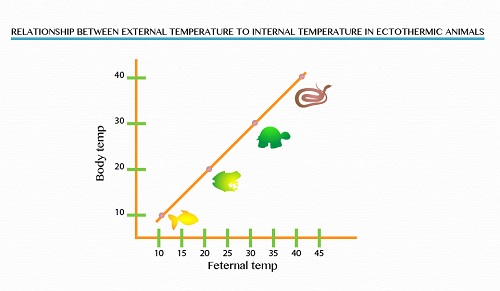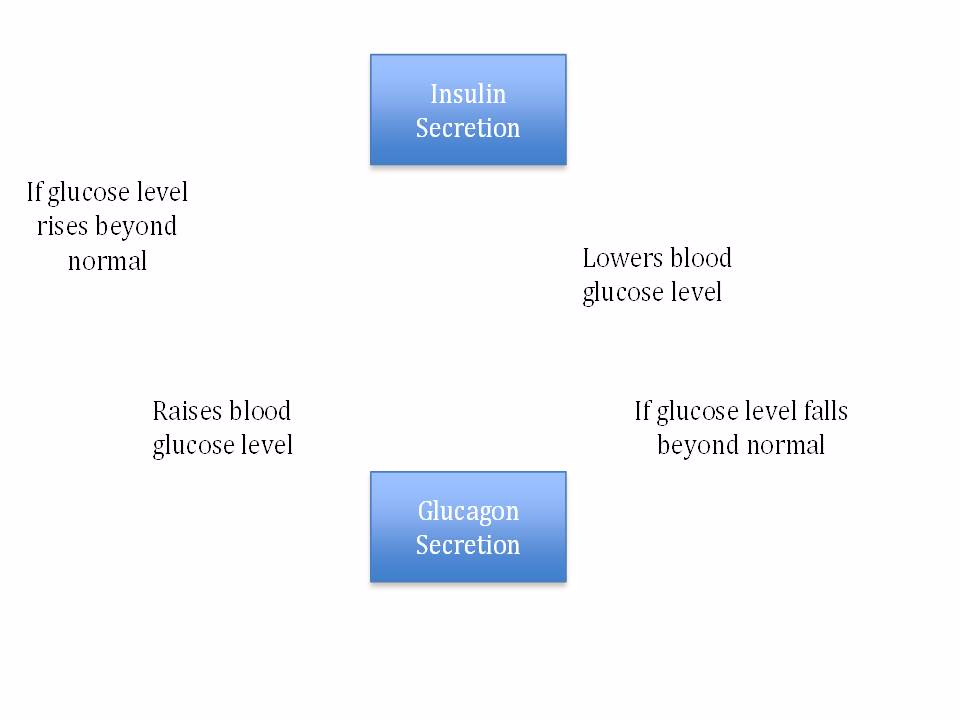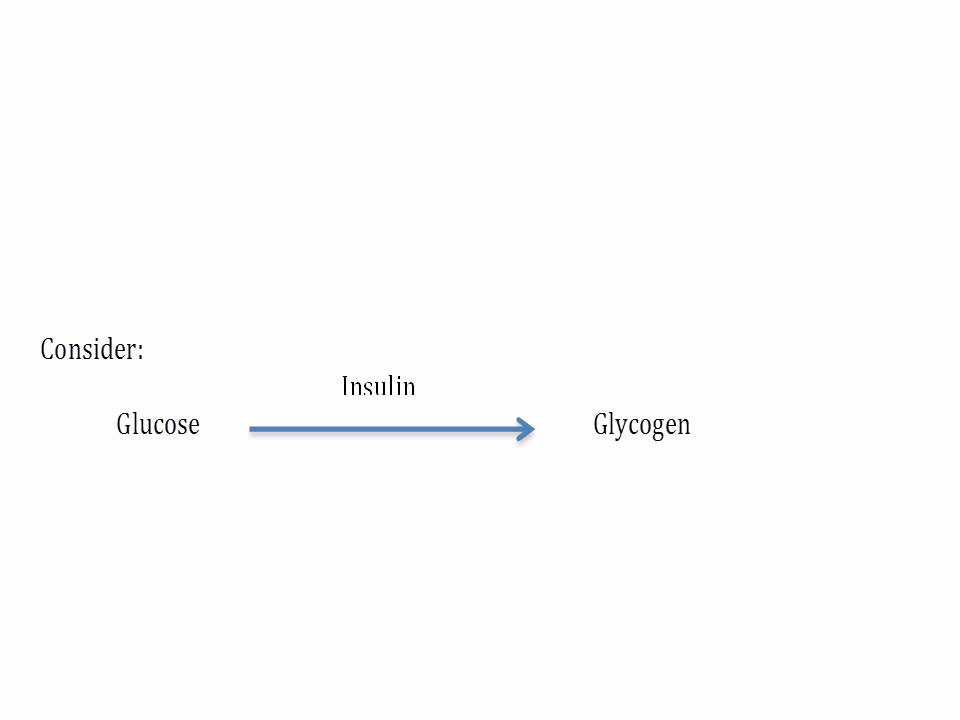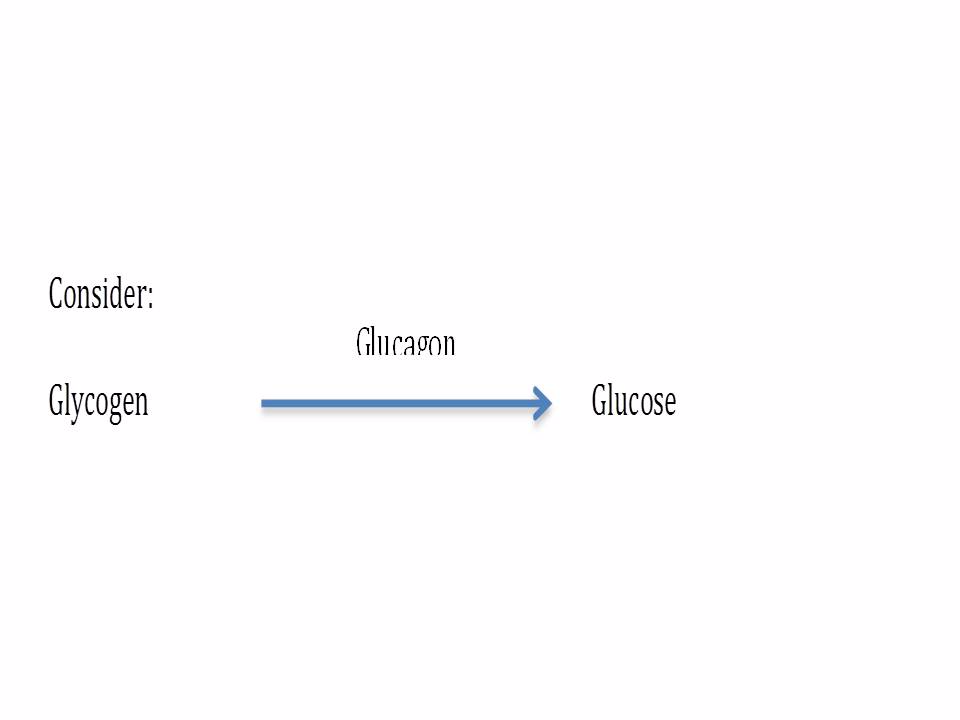Concept of Regulation
The Concept of Regulation
Explain the concept of regulation
Living organisms are subjected to wide variations in temperature, light, acidity, salinity, wind speeds, availability of water minerals and nutrients. These environmental factors create a shifting external setting to which organisms must adjust or die.
The central problem for a living thing is to maintain a steady state internally in the force of an often harsh and fluctuating external environment.
Homeostasis is the maintaining of a constant condition of the internal environment of the body by regulatory process. OR It is the maintenance of constant internal balance despite fluctuation in the external environment.
Regulation is the process of controlling the internal body environment and needs. For the body to function properly things need to be regulated in the body.
Reasons that show importance of regulation
- Maintaining favorable condition such as pH and required ionic concentration for the functioning of cells, tissues and organs.
- Enabling organisms to get rid of body wastes and useless materials for example excess water and salts
- Enabling organisms to get rid of excess materials for example excess water and salts
- Ensuring survival of the organisms
Various Types of Regulation
Mention various types of regulation
The following are the types of regulation:
- Temperature regulation (thermoregulation)
- Blood sugar regulation
- Osmoregulation
Temperature Regulation in Animals
The Concept of Temperature Regulation in Animals
Explain the concept of temperature regulation in animals
HEAT GAIN BY ANIMALS
There are three ways of heat gain by animals:
- Metabolism of food stuffs
- Shivering
- Absorption of solar radiation
EAT LOSS BY ANIMALS
Animals lose heat through:
- Convection – This is flow of heat from the interior of an animal’s body to exterior in the surrounding
- Sweating/Evaporation – This occurs when animal loose water vapour from their body surface
- Conduction – This is transfer of heat by physical contact between two bodies
- Breathing out
- Panting
- Salivation
- Defecation
- Urination
Practical Activities to Determine Temperature Regulation in Mammals
Carry out practical activities to determine Temperature Regulation in Mammals
Activity 1
Carry out practical activities to determine Temperature Regulation in Mammals
The Mechanism of Temperature Regulation in Mammals
Describe the mechanism of temperature regulation in mammals
Ectothermic animals gain heat by:
- Metabolism of food stuff
- Solar radiation
- Contractions of body muscles
Each species of ectothermic animal has its own optimum temperature during which metabolic activities can take place.
The graph below shows the relationship between external temperature to internal temperature in Ectothermic animal

When the environment is over heated ectotherms:
- Ectothermic animals example fish migrate to places with a more suitable temperature for them
- Use of shade – snakes, frogs, lizards take shade to avoid being over heated
- Pant – turtles and tortoise pant during hot day to loose excess heat
When the environment is over cooled ectotherms:
- Burrow – toads burrow during cold conditions to avoid over cooling
- Bask – snakes, lizards and chameleons bask in the sun to raise their body temperature
- Social behavior – bees cluster together to raise body temperature
- Flex their body muscles e.g. python flex its muscles and coil eggs during cold condition
- Use of metabolic heat – bees contracts their muscles using prior flying in cool weather to raise their body temperature.
Endothermic animals gain heat only through metabolism of food substances. The temperature ranges of these animals are as follows:
- Mammals 35oC – 40oC
- Birds 40oC – 45oC
Each species of endothermic animal has their own optimum temperature during which metabolic activities occur for example homo-sapiens 36.7oC, House fowl 41oC
Temperature regulation in endothermic animals is a physiological process. It is controlled by hypothalamus and contains two thermo receptors hot and cold centers.
When the environment is OVER HEATED:
- During hot conditions hot center in the hypothalamus is activated by increase in blood temperature.
- Hypothalamus uses nerve impulses and hormones as error signals to activate responses that increase heat loss from the body.
Examples of error signals that activate responses that cause heat loss so that the core temperature is brought to its set point are:
- Sweating – Sweat glands secrete sweat and sweat pores open. Sweat evaporates at the surface of skin with heat.
- Vasodilation – Vasodilation is the increase of size of the blood vessels near the skin surface so that the heat is lost by radiation as a result of direct contact of vessels with skin.
- Flattening of body hairs: Hair erector muscles on the surface of the body reduce insulation so that heat loss is simplified.
- Panting – This is a process of opening mouths and hanging out of tongue. Dogs do this process. Panting causes heat loss by evaporation.
- Closing of stunt vessels, a process done by whales closing of stunt vessels directs most of core blood to reach the skin and increase pressure gradient between the skin and the environment hence heat is lost easily to the environment
When the environment is OVER COOLED:
Examples of corrective mechanisms, which conserve body heat, are:
- Shivering is a reflex shaking of muscles. The process results into generation of heat.
- Erection of skin hairs: hair erector muscles erect causing the skin hair to stand and collect air around them which act as insulation for heat loss.
- Vasoconstriction of blood capillaries: Vasoconstriction is a process of narrowing the blood capillaries leading to the skin. This in turn reduces the temperature gradient of the body and environment and heat loss decreases.
- Opening of shunt vessels, a process done by whales. Opening of shunt vessels and back to the internal blood circulation. The process reduces heat loss to the surrounding
- Increase in metabolic activity. An increase in respiration is affected by an increase in thyroxin secretion. During cold conditions, hypothalamus stimulating hormone which in turn stimulates the secretion of thyroxin hormone which influences fast respiration hence an increase in heat gain.
EFFECT OF OVER HEATING
If the core temperature rises above 40oC the thermo-regulating mechanism back down. Positive feedback occurs and a person goes into a state of hypothermia and suffers heat stroke.
EFFECT OF OVER COOLING
If the core temperature falls below 32oC the pulse rate weakens. The patient becomes sluggish. This condition is called hypothermia.
VARIOUS WAYS MAMMALS ARE ADAPTED FOR COLD AND HOT CLIMATIC CONDITIONS
Adaptation of human beings in cold environment:
- Presence of hair In cold conditions hair erector muscles erect causing the still hair to stand and collect air around them which acts as insulation for heat loss
- Possession of heat under epidermis: fat is a bad conductor of heat, thus prevents heat loss
- Ability of narrowing skin blood capillaries: human beings constrict skin blood capillaries; this reduces the amount of blood passing close to the skin. This prevents heat loss by convection.
- Ability to shiver: During cold conditions human beings are able to perform involuntary muscles contractions, shivering generate heat
Behavioural Adaptations
- Wearing of heavy black clothes: During cold conditions human being put on heavy clothes, examples sweaters and coats. Heavy clothes create layer of air between the body’s surface and the clothes. Trapped air is a bad conductor of heat.
- Use f heating systems in houses Human beings during cold conditions use heating systems of different types to warm houses so that they can make their living conditions comfortable.
Adaptations of human beings in hot climate
- Ability of flattening of skin hair. During hot conditions human beings relax hair erector muscles these cause body hair to lie flat on the body surface and reduce insulation so that heat loss is affected
- Ability of widening the size of the skin blood vessels During hot conditions human beings can enter a state of vasodilation where the skin blood vessels near the skin surface expand. Vasodilation enables excess heat to leave the body by radiation as a result of direct contact of vessels with the skin
- Possession of sweat glands Sweat glands secrete sweat on the body’s surface through sweat pores. Excess heat is lost when sweat evaporates
Behavioural Adaptation
- Use of Shade: During hot conditions human beings take cover in shade areas to avoid being over heated
- Wearing of light-white clothes These reduce absorption of heat during hot condition
- Use of air conditioners Air conditioners reduce excess heat in houses
Adaptations of a blue whale in cold environment
- Possession of air Circular muscles near the body surface (between endothermic and epidermis) Circular muscles near the body surface shunt the blood away from the body surface during cold conditions then prevent heat loss by convection
- Possession of bladder (fat layer inside the epidermis). Bladder acts as a thermal insulator. Bladder controls the flow of heat from the body core to the body surface. The process occurs during cold condition
Adaptation of blue whale during warm condition
Possession of circular muscles near the body surface (i.e. between endothermic and bladder) where the animal is surrounded by warm sea circular muscles open blood vessels near the body surface. This allows an animal to get rid of excess body heat.
Adaptation of small mammals e.g. squirrels and bats during cold condition
Adaptation of small mammals e.g. squirrels and bats during cold condition.
During cold conditions squirrels and some bats spend the winter in a state of dormant state of hibernation in which they appear to be asleep and during which no food is eaten
Hibernation takes place in burrows. The temperature of these animals falls below normal. The chemical activities in the body go very slow using food stored as fat and glycogen.
Osmoregulation in Mammals
The Concept of Osmoregulation
Explain the concept of osmoregulation
Osmoregulation is the maintenance of constant internal salt and water concentration in an organism. OR It is the process by which the osmotic pressure of blood and tissue fluid is kept constant.
Osmotic pressure of blood and tissue fluid of an animal is exposed as the depression of freezing point in relation to the habitat in which the animal lives.
Factors which Affects the Contents of Salt and Water in the Body
Mention factors which affects the contents of salt and water in the body
Factors affecting content of salt and water in the blood include:
- Amount of water taken in the body Large intake of water causes blood to have too much water while fewer intakes causes less water in the blood. It is advised to take two liters equivalent to eight glasses of water per day for the body to function properly. People who are very active might need more than that.
- Climatic condition During hot weather there is increased sweating which cause loss of water by evaporation thus reduced amount of water in the blood. The vice versa occurs during cold weather.
- Amount of salt taken into the body Putting less salt in food causes reduced salt in the blood while putting too much salt in food causes increased amounts of salt in the blood. Moderate amounts of salt should be taken too much salt is not healthy as it may lead to high blood pressure. Excess salts cause the kidney to work harder as it is responsible for removing excess salts from the body.
- Hormonal Abnormalities: When less ADH is produced it leads to increased content of water in the blood and vice versa.
- Blood sugar regulation: The hormones found in the pancreas in the Langerhans control regulation of blood sugar in the body. These hormones are insulin and glucagon.
- Insulin hormone:This is the hormone, which is produced from the B-cell. This hormone is secreted when there is a large amount of blood sugar in the body. Insulin promotes conversion of blood sugar into glycogen and stored in the liver and skeletal muscles. Insulin forces the uptake of glucose by body cells to produce energy.
- Glucagon hormone: This is the hormone, which is secreted due to the lower level of glucose in blood sugar. This Glucagon stimulates liver cells to release glucose into the blood stream. Glucagon stimulates liver cells to release glucose into the blood stream.Also Glucagon stimulates absorption of glucose from the ileum.

Blood Sugar Regulation in Mammals
The Mechanisms of Regulating Sugar Level in the Blood
Explain the mechanisms of regulating sugar level in t he blood
Blood sugar regulation is the maintenance of a relatively constant blood glucose level of the body. The end product of digestion of carbohydrate is mainly simple sugars or glucose.
Glucose is absorbed from the alimentary canal active transport into the blood stream. Hence the blood sugar level in the blood rises to the extent that regulation of it is necessary.
Blood sugar in mammals is regulated using hormones, which are insulin and Glucagon. These hormones are secreted by a specialized group of pancreatic cells called islets of Langerhans. The alpha cells of the islets of Langerhans secretes Glucagon while the beta cells secretes Insulin.
When the blood sugar level rises in the body insulin is secreted. The insulin accelerates the entry of glucose into the liver and muscles to be converted into Glycogen.

Glycogen is stored for future use in the liver and muscles
Role of Glucagon in Blood Sugar Regulation
Glucagon is secreted in response to a decline in blood sugar level in the blood stream. Glucagon promotes the conversion of Glycogen to glucose and inhibits the oxidation of glucose in the liver.
However if the level of blood glucose is low, glucagon stimulates the conversion of amino acids into glucose. The glucose formed is released into the blood stream.

NOTE:Failure of a pancreas to secrete insulin and glucagon results to a disease called Diabetes Mellitus
The Causes, Symptoms, and Effects of High and Low Sugar Levels in the Blood
Outline the causes, symptoms, and effects of high and low sugar levels in the blood
It's important to treat symptoms of high blood sugar right away to help prevent complications
Causes
Your blood sugar may rise if you:
- Skip or forget yourinsulinororal glucose-lowering medicine
- Eat too many grams of carbohydrates for the amount ofinsulinyou took, or eat too many carbs in general
- Have an infection
- Are ill
- Are under stress
- Become inactive orexerciseless than usual
- Take part in strenuousphysical activity, especially when your blood sugar levels are high andinsulinlevels are low
Symptoms
Early signs include:
- Increased thirst
- Headaches
- Trouble concentrating
- Blurredvision
- Frequent peeing
- Fatigue(weak, tired feeling)
- Weight loss
- Blood sugar more than 180 mg/dL
Effects
Ongoing high blood sugar may cause:
- Vaginal andskininfections
- Slow-healing cuts and sores
- Worsevision
- Nerve damagecausing painful cold or insensitive feet, loss ofhairon the lower extremities, orerectile dysfunction
- Stomachand intestinal problems such aschronic constipationordiarrhea
- Damage to youreyes, blood vessels, orkidneys
Low Blood Sugar
Symptoms
Symptoms of low blood sugar can occur suddenly. They include:
- blurry vision
- rapid heartbeat
- sudden mood changes
- sudden nervousness
- unexplained fatigue
- pale skin
- headache
- hunger
- shaking
- sweating
- difficulty sleeping
- skin tingling
- trouble thinking clearly or concentrating
- loss of consciousness
If you have hypoglycemic unawareness, a condition in which you do not know your blood sugar level is dropping, your blood sugar can drop so quickly you may not even have warning symptoms. When this occurs, you can faint, experience a seizure, or even go into a coma.
Very low blood sugar is a medical emergency. If you know that someone is diabetic and he or she is experiencing these symptoms, help him or her to eat 15 grams of quickly digesting carbohydrate, such as:
- a half cup of juice or regular soda
- 1 tablespoon of honey
- 4 or 5 saltine crackers
- 3 or 4 pieces of hard candy or glucose tablets
- 1 tablespoon of sugar
Causes
Low blood sugar can occur for a number of reasons. It is usually a side effect of diabetes treatment.
Diabetes and Low Blood Sugar:Diabetes affects your body’s ability to use insulin. Think of insulin as the key that unlocks your cells, letting glucose in for energy. People with diabetes use a variety of treatments to help their bodies use the glucose in their blood. One very important treatment is insulin injections.
If you inject too much insulin, your blood sugar may drop too low. People also sometimes inject insulin when planning to eat a big meal, but then they do not eat enough.
Excess physical activity without eating enough can also cause a drop in blood sugar levels.
Other Causes of Low Blood Sugar
You don’t have to have diabetes to experience low blood sugar. Some other causes of low blood sugar include:
- certain medications, such as quinine
- drinking too much alcohol
- some medical conditions, such as hepatitis or kidney disorders
- a tumor that produces excess insulin
- endocrine disorders, such as adrenal gland deficiency
Effects
Mildly low blood sugar levels are somewhat common for people with diabetes; however, severely low blood sugar levels can be life-threatening. They may lead to seizures and nervous system damage. Immediate treatment is critical. It is important to learn to recognize your symptoms and treat them fast. For people at risk of low blood sugar, having a glucagon kit, a medication that raises blood sugar levels, is important. Talk to your healthcare provider for more information.


